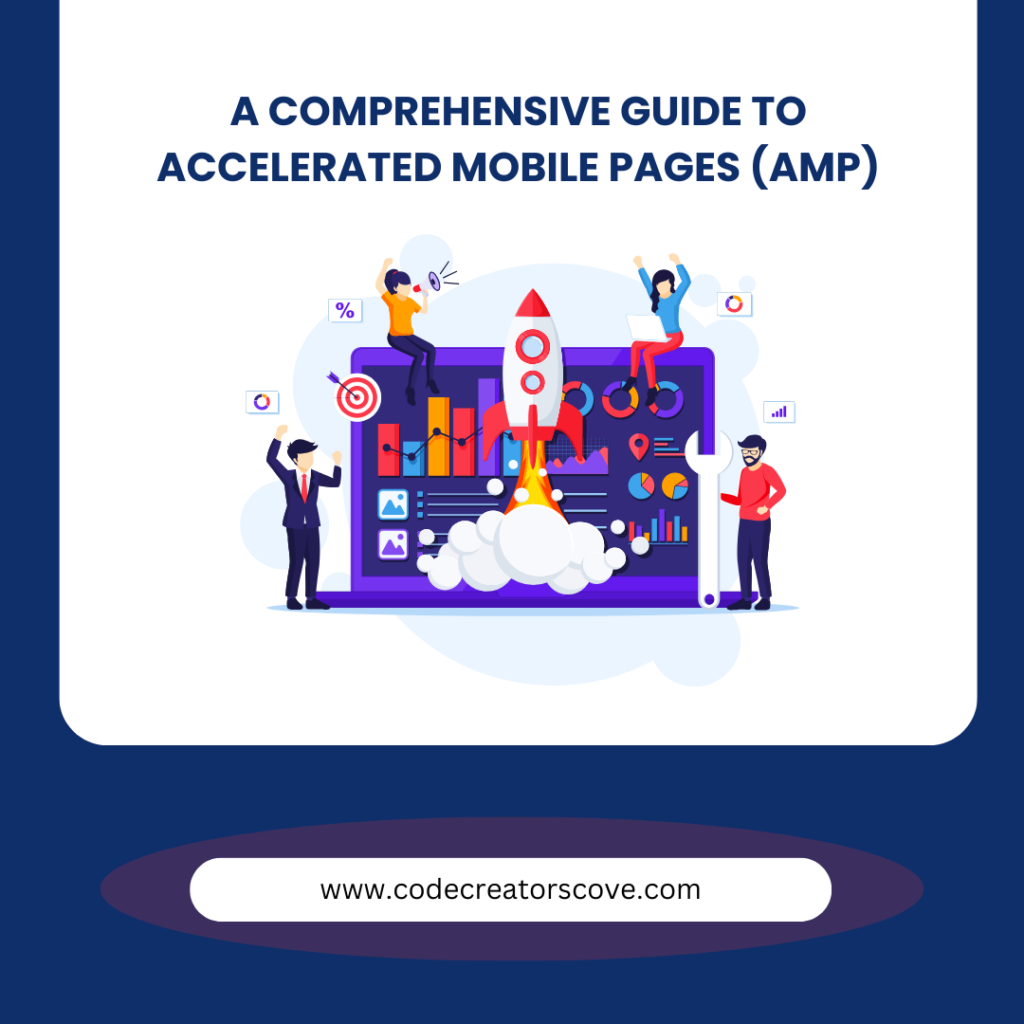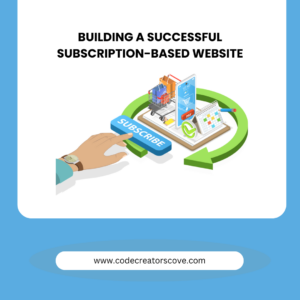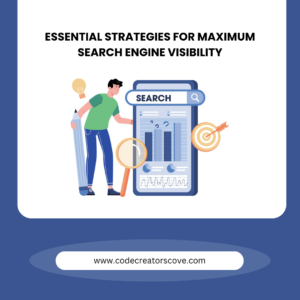In an era where mobile internet usage surpasses desktop browsing, delivering a fast and seamless mobile experience is crucial for retaining users and enhancing engagement. Slow-loading websites frustrate users, leading to higher bounce rates and lower conversions. Accelerated Mobile Pages (AMP) offer a solution to these challenges by enabling web pages to load almost instantaneously on mobile devices. This comprehensive guide will cover everything you need to know about AMP, including its workings, benefits, implementation steps, best practices, and potential drawbacks.
What is Accelerated Mobile Pages (AMP)?
Accelerated Mobile Pages (AMP) is an open-source initiative led by Google aimed at optimizing web pages for mobile browsing. By leveraging a streamlined version of HTML, restricted use of JavaScript, and various performance optimizations, AMP ensures that web pages load quickly and efficiently on mobile devices. The project was launched in 2015 to improve the mobile web experience, making it faster and more reliable.
How Does Accelerated Mobile Pages (AMP) Work?
AMP achieves its rapid load times through several core components and principles:
1. AMP HTML
- Simplified HTML: AMP uses a subset of HTML with custom AMP-specific tags and properties. This simplified version of HTML ensures a clean and efficient code structure.
- AMP Components: AMP provides pre-built components for common functionalities like images, videos, carousels, and more. These components are optimized for performance and ease of use.
2. AMP JavaScript (JS)
- Custom JS Library: Instead of traditional JavaScript, AMP uses a custom JavaScript library that handles resource loading efficiently. This library manages asynchronous loading, preventing render-blocking.
- Resource Prioritization: AMP prioritizes the loading of essential resources, ensuring that the most important content loads first.
3. AMP Cache
- Google AMP Cache: AMP pages can be cached by the Google AMP Cache, a content delivery network (CDN) that serves AMP content from servers located closer to the user. This reduces latency and speeds up load times.
Benefits of Accelerated Mobile Pages (AMP)
Implementing AMP on your website can yield numerous advantages, including:
1. Enhanced Mobile Performance
- Faster Load Times: AMP significantly reduces page load times, which can improve user engagement and decrease bounce rates.
- Better User Experience: A fast-loading page provides a smoother and more enjoyable experience for users, leading to higher satisfaction.
2. Improved SEO
- Higher Rankings: Google prioritizes fast-loading pages in its search results, potentially boosting your site’s visibility.
- Featured in Top Stories: AMP pages are eligible to appear in Google’s “Top Stories” carousel, increasing exposure and traffic.
3. Increased Mobile Traffic
- Lower Bounce Rates: Faster pages reduce bounce rates, keeping users on your site longer and increasing the likelihood of conversions.
- Higher Engagement: Users are more likely to interact with and share content that loads quickly and smoothly.
How to Implement Accelerated Mobile Pages (AMP)
Implementing AMP involves several key steps:
1. Create AMP HTML
- Use AMP Tags: Replace standard HTML tags with AMP-specific tags (e.g., `<amp-img>` for images). Ensure your HTML adheres to AMP guidelines.
- Structured Data: Include structured data (schema.org) to help search engines understand your content and improve SEO.
2. Include AMP JavaScript
- Load AMP JavaScript Library: Include the AMP JS library in your HTML to manage resource loading and performance optimizations.
- Avoid Custom JavaScript: Use AMP components instead of custom JavaScript to ensure compliance with AMP standards.
3. AMP Cache Integration
- Serve from AMP Cache: Allow your AMP pages to be cached by the Google AMP Cache for faster delivery.
4. Validate AMP Pages
- Use AMP Validator: Validate your AMP pages using the AMP Validator tool to identify and fix any issues.
- Continuous Testing: Regularly test your AMP pages with tools like Google Search Console and PageSpeed Insights to monitor performance.
Effective Management for Accelerated Mobile Pages (AMP)
To maximize the benefits of AMP, follow these management:
1. Optimize Content
- Prioritize Essential Content: Ensure that the most important content loads first. Optimize images and media files for faster loading.
- Minimalistic Design: Adopt a clean, minimalistic design that focuses on speed and user experience.
2. Limit External Resources
- Minimize Third-Party Scripts: Reduce the use of third-party scripts and resources that can slow down your pages.
- Optimize Fonts: Use ‘link rel=preconnect’ to load fonts faster and choose lightweight, mobile-optimized fonts.
3. Utilize AMP Components
- Pre-built Components: Use AMP’s pre-built components for common functionalities like carousels, lightboxes, and embedded videos. These components are designed for performance and ease of use.
4. Monitor and Improve
- Regular Monitoring: Continuously monitor your AMP pages using analytics tools to track performance and user engagement.
- Iterative Improvements: Make ongoing improvements based on user feedback and performance data.
Potential Drawbacks of Accelerated Mobile Pages (AMP)
While AMP offers many benefits, it also has some potential drawbacks:
1. Limited Customization
- Restrictive Framework: The restricted use of JavaScript and CSS can limit design and functionality options.
- Development Overhead: Maintaining both AMP and non-AMP versions of your site can increase development workload.
2. Dependence on Google
- Google-centric: AMP is heavily associated with Google, which may not align with all businesses’ strategies or preferences.
3. Analytics Challenges
- Tracking: Implementing analytics on AMP pages can be more complex due to the restrictions on custom scripts.
Conclusion
Accelerated Mobile Pages (AMP) offer a powerful solution to the challenges of mobile web performance. By leveraging AMP, you can deliver a fast, seamless, and engaging mobile experience, improve your site’s SEO, and increase user satisfaction and conversions. While AMP implementation requires some effort and consideration of potential drawbacks, the benefits far outweigh the challenges.
Embrace AMP to stay competitive in the mobile-first world and provide your users with the lightning-fast experience they expect. Start small, test thoroughly, and scale your implementation to unlock the full potential of AMP for your website.


